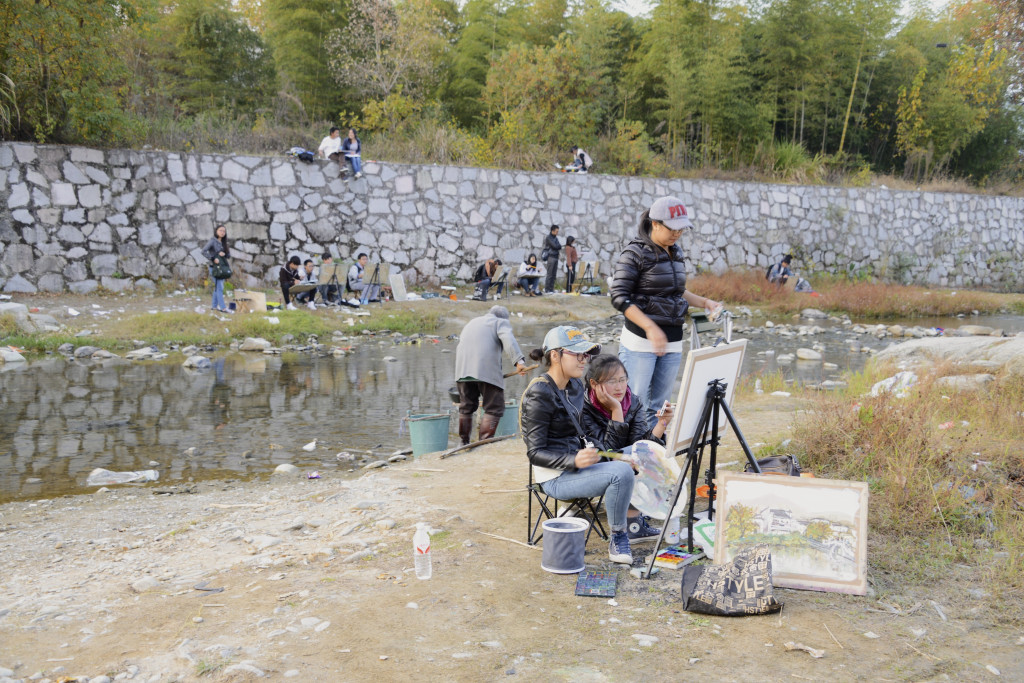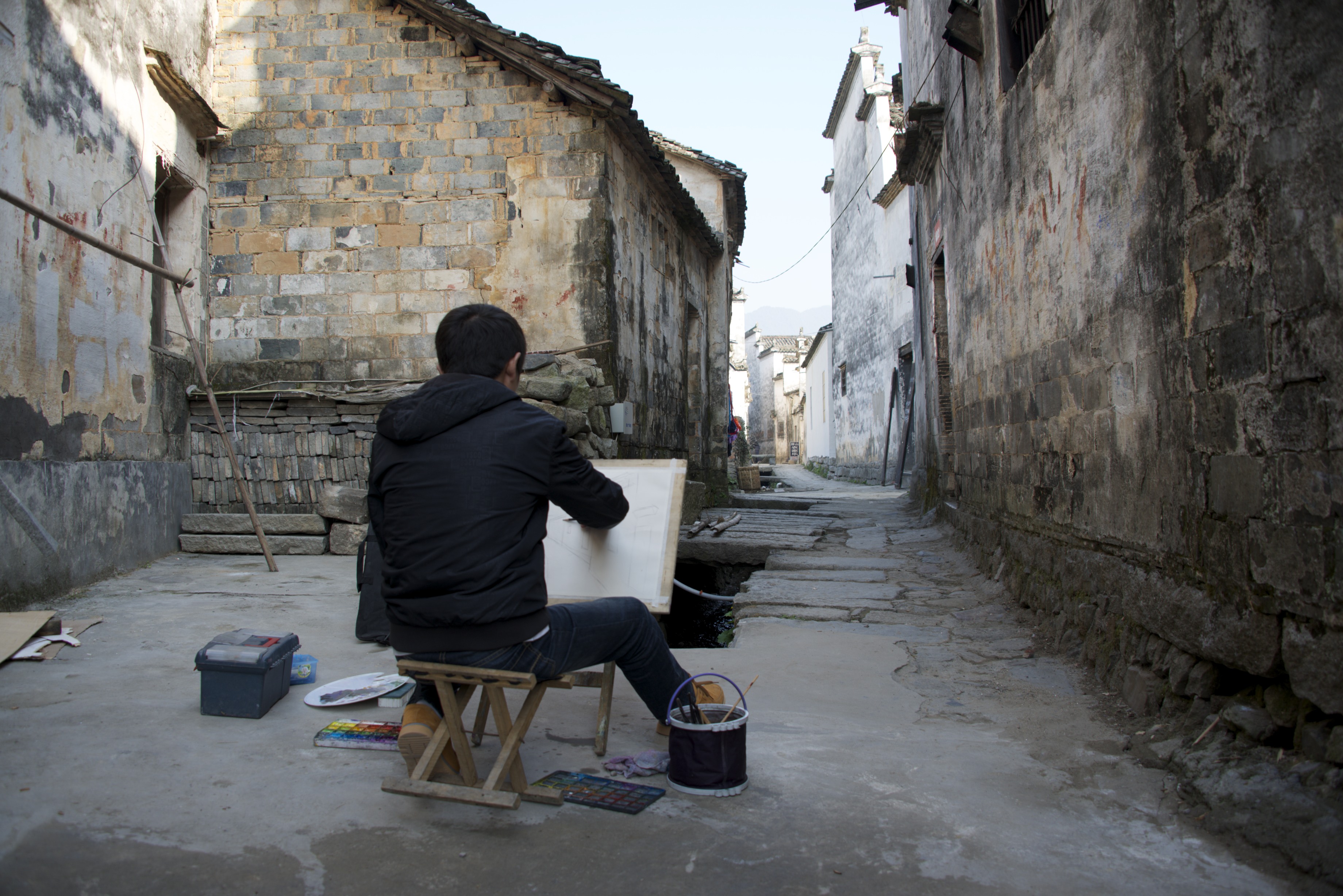By Tong Lam
In recent years, the number of applicants to Chinese art schools has increased dramatically. Earlier this year, for example, nearly 10,000 candidates submitted applications to the Shandong University of Arts and Design, a mid-tier institution. The number of applicants to top art schools is no doubt even higher. Generally, in order to gain admission, an art school applicant has to pass several levels of exams. In the end, only a tiny portion of applicants will be admitted, and about 70% of them will be eliminated in the first round alone
This increase in the number of aspiring art students in China seems quite curious, given that the overall number of Chinese university applicants has been dropping in recent years. This trend is even more unusual if one compares China with more developed economies, whose students generally flock to the so-called “practical disciplines” of business, law, and medicine rather than the arts and humanities.

One explanation is perhaps the astronomical surge in Chinese art prices in recent decades. Soaring art prices, and the financial benefits enjoyed by well-known Chinese artists, have undoubtedly resulted in the elevation of artists’ status. Since the 1990s, Chinese art—especially contemporary art—has been firmly integrated into the global art market. Culture and economy, in other words, have become more and more intertwined, if not synonymous. As a result, leading Chinese contemporary artists have suddenly found their works among some of the hottest commodities in the art market. An obvious example of this is artist Ai Weiwei, who has become well known in the West by branding himself as a standalone renegade hero fighting against an authoritarian regime, an image the Western media loves to embrace and celebrate.
The success of Chinese artists in the global capitalist art market is a reminder that globalization is not only about the spread of McDonald’s and Starbucks chains. Rather, the process often involves local actors trying to claim ownership of the changing global culture. At the same time, no matter how critical and creative their artwork appears to be, artists themselves, with their reliance on sales and fame for success, are often complicit in the very same structures that they try to overcome. Moreover, in spite of the stream of aspiring art students seeking entrance to Chinese art schools, the logic of neoliberalism places great emphasis on distinction and hierarchy. As such, only a tiny portion of art students who successfully enter the university will ultimately succeed in the global marketplace.


